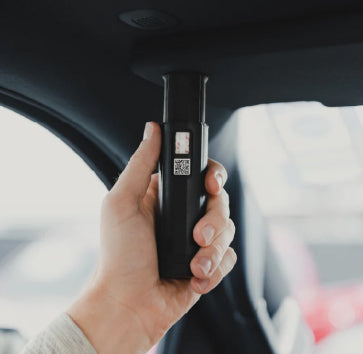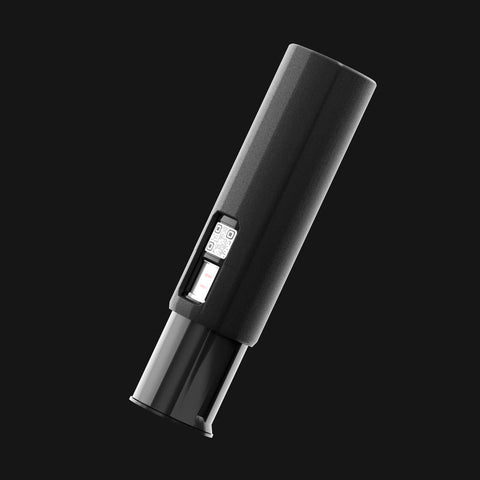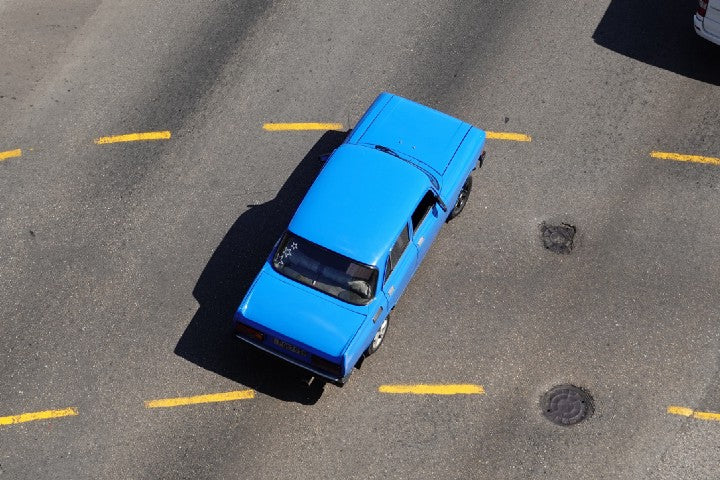As a by-product of tobacco smoke and the residual carcinogens left behind by secondhand smoke, thirdhand smoke is now getting the much-needed attention it deserves from the research community. Federal and state governments have finally recognized thirdhand smoke as a legitimate health hazard.
Numerous studies dating back to the 1980's confirm the existence and threat of thirdhand smoke. Most conclude that the effects of chronic thirdhand smoke exposure are as harmful as that of mainstream or secondhand smoke. As a result, we can expect all the same risks are present in thirdhand, including respiratory illness, cardiac disease, and more.
How Long Does Thirdhand Smoke Last?
While thirdhand smoke may seem more passive than secondhand smoke, it lasts longer, as the two hundred and fifty identified toxins in thirdhand smoke build over time. The carcinogenic residue left behind in cars and indoor surfaces can even last for decades.
According to the American Lung Association, there are the three R’s of thirdhand smoke chemicals:
- Remain on surfaces and in dust.
- Re-emit back into the gas phase.
- React with other chemicals in the environment to make new chemicals.
Where To Find Evidence of Thirdhand Smoke
Thirdhand smoke is present wherever smoking has occurred, even after many years. It latches onto surfaces and embeds itself in materials like fabric, carpets, curtains, upholstery, vehicle upholstery, air vents, on skin and hair, appliances, and the list goes on. When houses change ownership, it is improbable that the indoor environment is without thirdhand smoke contamination from previous owners or renters. Unfortunately, air filtration units and ventilation systems do not prevent contact with contaminants from current and previous cigarette smoke.
In vehicles, thirdhand smoke residue can only be detected and measured using our Knowsmoke Test Kit in fabric ceiling lining. Despite cleaning and disinfecting returning cars, rental car agencies and used cars lots cannot remove evidence of passive smoking from air vents and other crevices. Nicotine can still be detected in the air and dust inside the car. Most perturbing is that vehicles have a higher surface-to-volume ratio due to an enclosed microenvironment.
Thirdhand Smoke Impact on Health
The impact of residual toxins from thirdhand smoke on the human body can lead to long-term and potentially deadly illness, complications in healing, and latent health issues in children. In fact, diseases attributed to cigarette smoking are relatable to thirdhand smoke exposure. Thirdhand smoke carcinogen levels are already shown to exceed safe levels for children up to age six, and a recent study indicates genetic damage in human cells related to thirdhand smoke exposure.
Nicotine morphs into superfine particles when airborne, becoming a conduit for transporting harmful chemicals. These chemicals are inhaled and can lead to severe respiratory illness over time.
Cardiovascular disease, type 2 diabetes, lung and breast cancer, and respiratory illnesses such as Asthma, Tuberculosis, and COPD are closely associated with inflammation triggered by exposure to thirdhand smoke. All conditions are worsened by environmental tobacco smoke or passive smoking. Approximately six hundred thousand people lose their lives to passive smoking every year worldwide, and exposure to thirdhand smoke is now considered a form of passive smoking.
Secondhand and thirdhand smoke is proven to irritate the lungs. It can lead to breathing difficulties, including coughs, shortness of breath, wheezing, and compromised lung function. Continued exposure is associated with lung cancer. Not only does breathing in pollutants from second and thirdhand smoke lead to respiratory irritation, but by-products of thirdhand smoke are also responsible for causing respiratory symptoms, entering the body through the eyes, mouth, and skin.
Children Are Most at Risk for Respiratory Infection
Children display elevated respiratory symptoms when exposed to thirdhand smoke in the home, even through contact with a smoker’s clothing and skin. Infants and young children are known to be at the highest risk for thirdhand smoke exposure as they encounter contaminants in dust located on the floor, ingesting, absorbing, or inhaling up to 0.25g per day. Infants also like to put objects in their mouths that may be contaminated.
People are not the only creatures on the planet that suffer from second and thirdhand smoke. Pets develop illness from thirdhand smoke exposure when they groom themselves, ingesting carcinogens in addition to breathing in the toxins.
Making Your Space Smoke-Free
There are ways to remove thirdhand smoke from a residence to help make it safer, although it may be costly to reach a one hundred percent smoke-free environment. Simple deep cleaning does not remove thirdhand smoke, and tests have shown the presence of nicotine in professionally cleaned homes left vacant for long periods. Removing carpeting, counters, wall boarding, and furniture will help remove a substantial amount.
People are exposed to thirdhand smoke by inhaling, eating, or touching the residual pollutants on surfaces. The microenvironment of cars is exceptionally high for thirdhand smoke risk due to air vents, carpeting, and cloth seating. If you are in the market for a pre-owned vehicle, we recommend using a Knowsmoke Test Kit to detect evidence of thirdhand smoke which can help you make a more informed purchasing decision.



